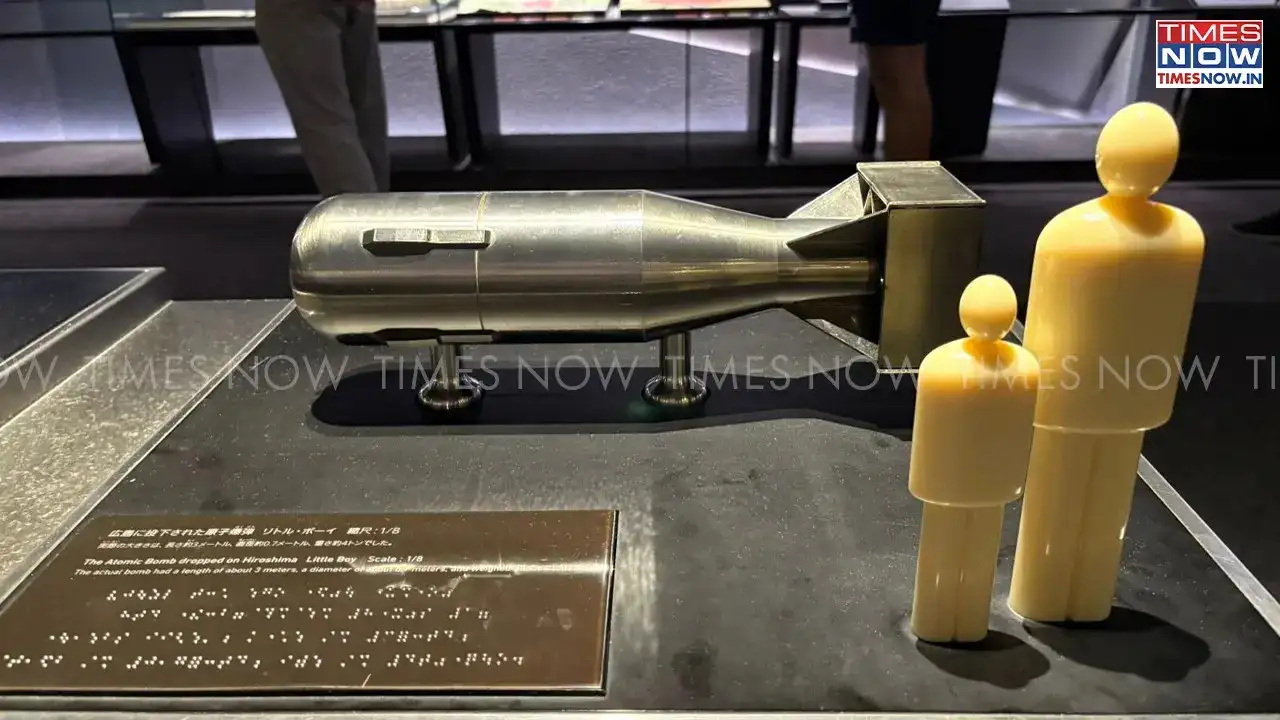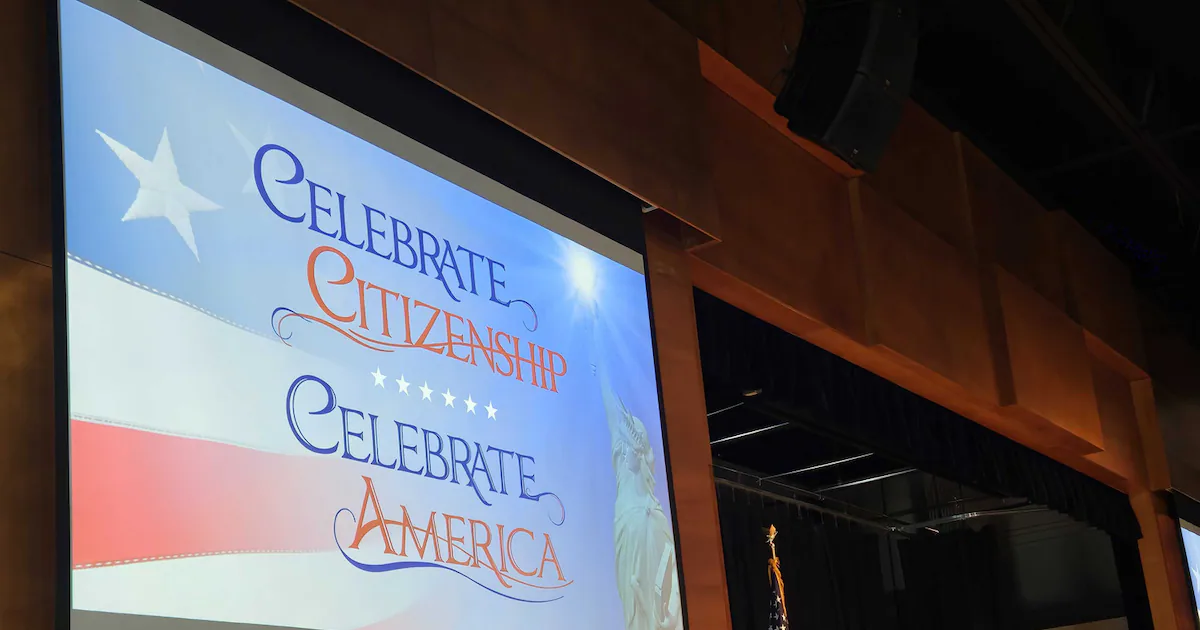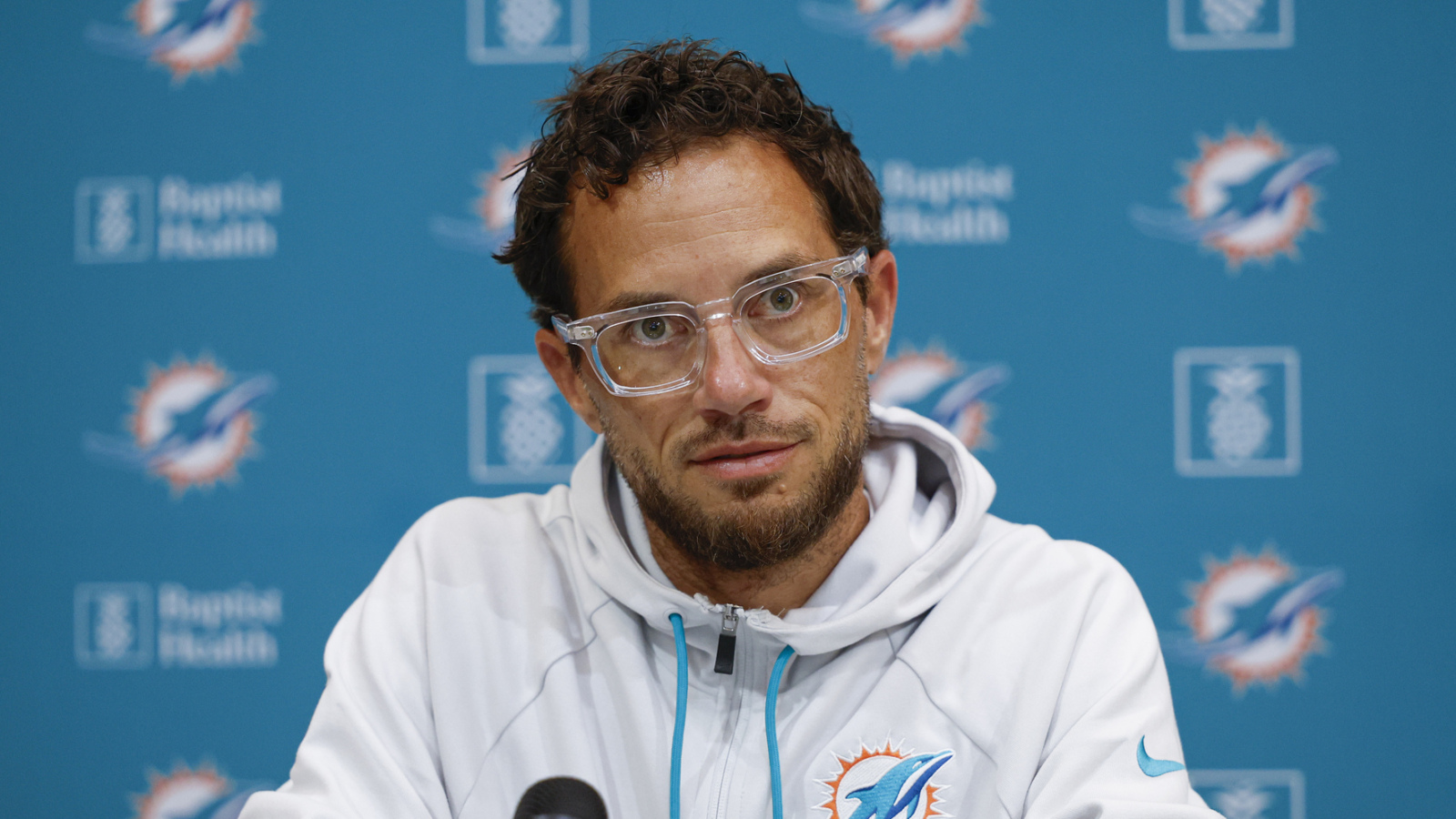By Ishita Roy
Copyright timesnownews

The Hiroshima bombing left behind more than devastation, it carved scars into memory, bodies, and generations. Survivors recall silence broken by cries, rivers turned into graves, and a city transformed into shadows of anguish. Decades later, the echoes of suffering continue to define Hiroshima’s unending struggle with loss and remembrance. “I held the camera up, but I couldn’t snap the shutter. Finally, after about 20 minutes of hesitation, I took my first picture,” says one of the survivors of the Hiroshima Bombing that took place on August 6, 1945. The photographer was just 2.2 km away from the Hypocenter – the point within the Earth where the atomic bomb was used. These photographs, taken after fighting off much of the hesitation and pain, later became the earliest on-ground documentation of the mushroom cloud that the explosion is known for. The bombing left Hiroshima in silence broken only by desperate cries. Survivors recalled scenes of unimaginable anguish. Cry For Help “Help me! Water, please!” one remembered. Infants clung helplessly to mothers too weak to move, while another woman, half-crazed with grief, cradled her small child, crying, “Open your eyes! Open your eyes!” These voices became haunting echoes of the tragedy. Even those equipped to document the aftermath were paralysed. Looking through their camera’s viewfinder, which was blurred by their own tears, they saw “hell”, as mentioned in the Peace Culture vol. 20. The photographer recalls, “Their hair was scorched and frizzy. Their faces, arms, backs, legs – their whole bodies were badly burnt. Blisters had burst and sheets of burnt skin hung from them like rags.” Also Read: Hiroshima, 8:15 AM, August 6, 1945: The Minute Mankind Crossed the Line “It Never Ends” The impact of that moment did not fade a bit even when the fires were doused. The invisible wounds that survivors carried are very much intact to date. “The grief, sorrow, anxiety and despair inflicted in that instant by the A-bomb would in later years suddenly cast shadows over peaceful days and happy moments.” Bereaved families bore not just loss but the unending shadow of fear. The bomb did not only destroy Hiroshima that day; it continued destroying lives for decades after, in generations to follow. A photo by Yuichiro Sasaki, titled ‘Thinking of her dead child’, features a mother who cries years after the bombing in 1966, thinking of the child she lost. The photo was clicked at the Hiroshima Betsuin Temple, which held a memorial service for mobilised student victims. Emergency Relief The destruction of hospitals left no place to tend to the wounded. Makeshift stations rose along the Otagawa River. The Hiroshima Second Army Hospital was “crushed and burnt; tents were set up on the riverbank to serve as an emergency relief station.” Here, survivors lined up with burns, shattered limbs, and blinded eyes. Families wandered the riverbank searching for loved ones. Relief came only in fragments, water, a cloth for a wound, a moment’s shelter, yet despair surrounded every tent. The Eighth Surgery Survival did not mean recovery. Scars of fire etched themselves into skin and memory. In 1957, twelve years after the bombing, a woman underwent yet another operation, it being her 8th one. “This woman underwent surgery to remove keloids from her left cheek and to graft on soft, normal skin from her thigh. It was her eighth surgery,” notes the display at the Hiroshima Peace Memorial Museum. For survivors, surgeries became a rhythm of life. Each procedure cut away at keloids but could not erase the pain. Hiroshima’s survivors lived as constant reminders of August 6, who bore both visible and invisible scars. Floating Corpse The rivers, once lifelines of the city, became places of horror. Drawings by survivors captured the scenes. “A corpse floating in the river with its eyeballs popped out. The whole body had been burnt,” writes Shoichi Furukawa, who was 32 at the time of bombing, and was 62, when he drew it. The Kyobashigawa River was filled with bodies, some swollen, others burned beyond recognition. For many, the river was their final resting place, their remains carried silently downstream. Survivors who saw those waters never forgot. Another drawing by Kiyoshi Wakai, who was 39 at the time of bombing and 68, when he drew the scene of people lying half-dead on the riverbank, wrote, “It looked like about 1,000 people were laid out along a one-kilometer stretch of the riverbank from the Minami Bridge to the Miyuki Bridge. Most of the people who had fled to this spot looked half dead already.” Takeshi Nakahira, who was only 19 at the time of bombing and 76 when the painting was drawn said, “The river was full of victims…the same bodies stayed floating there for several days.”



